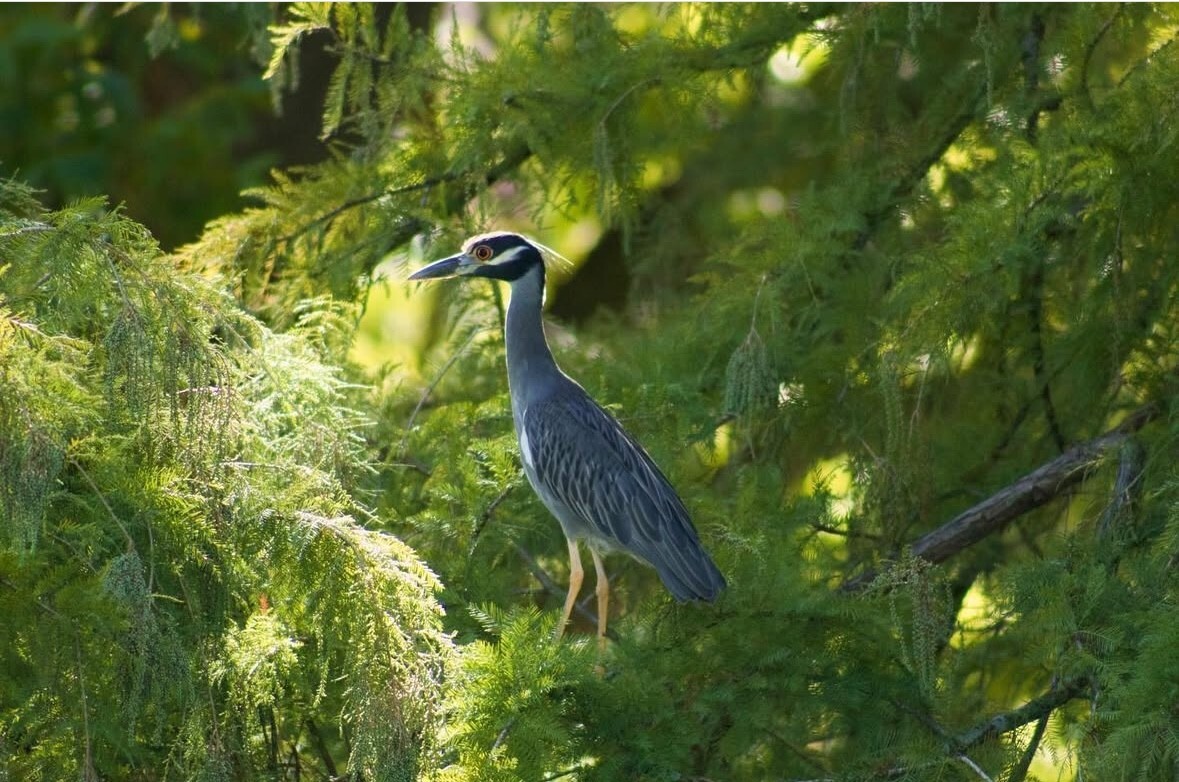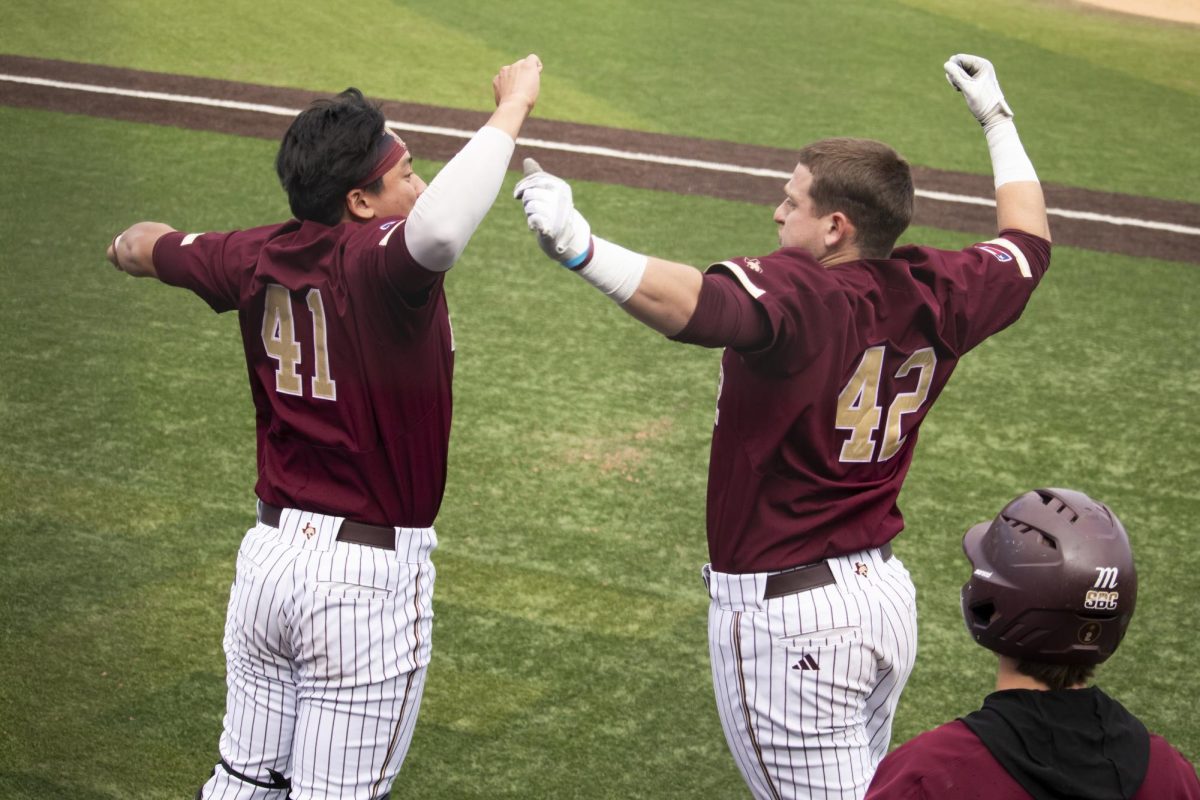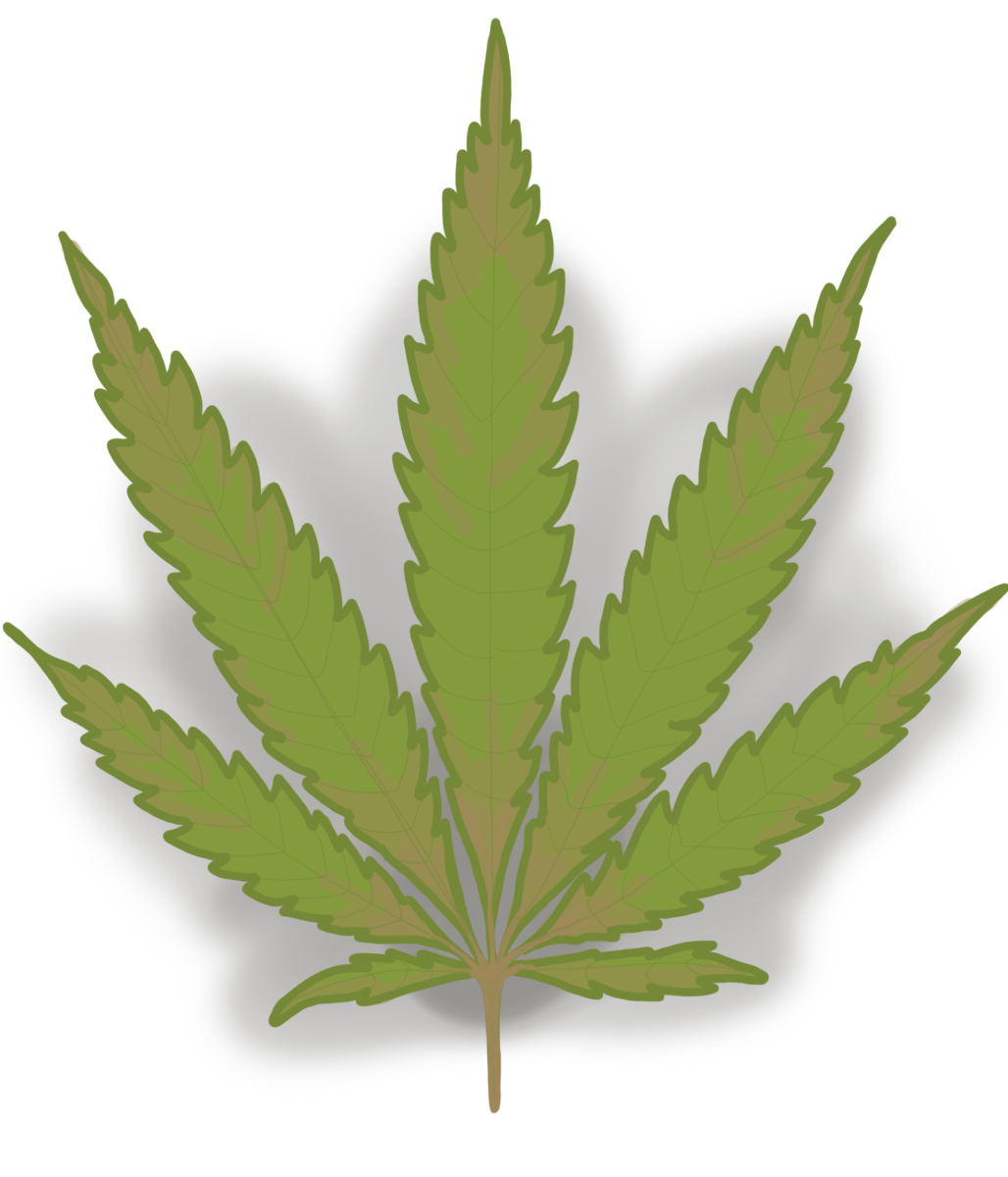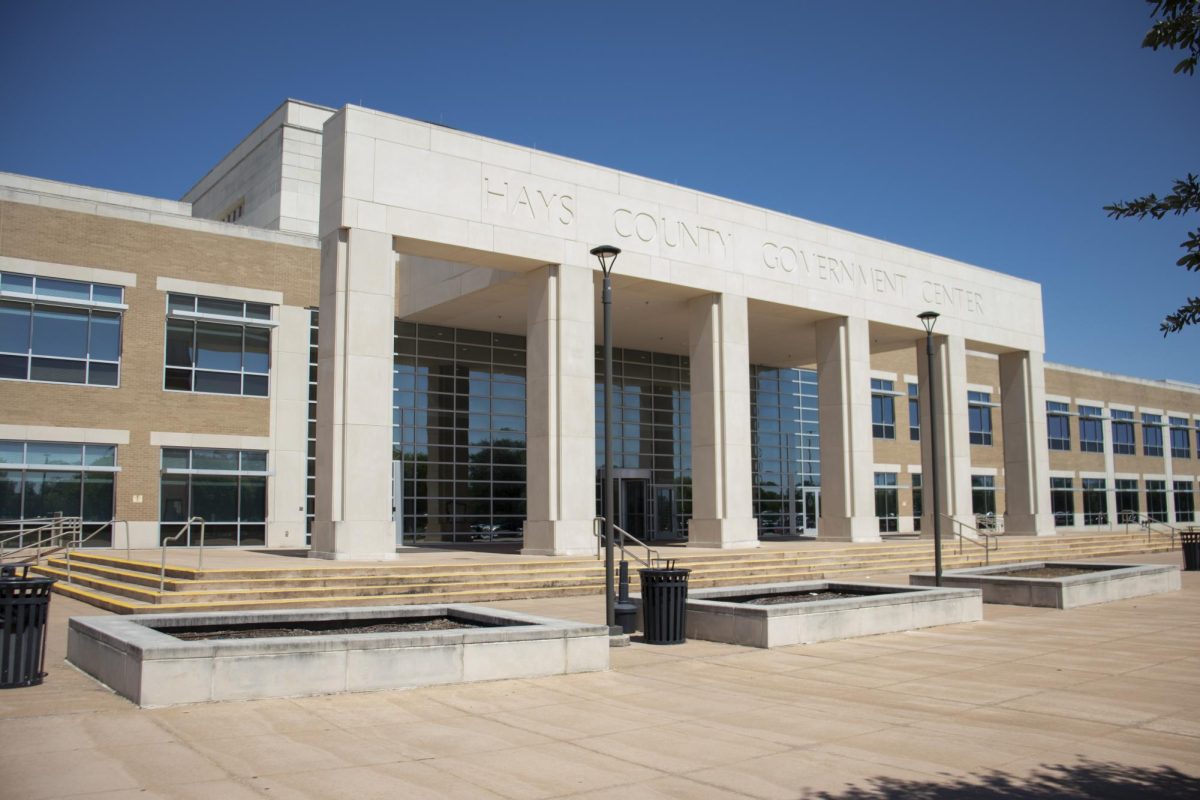San Marcos earned the official designation of Bird City for its efforts in bird conservation.
The designation, announced by the Texas Parks and Wildlife Department (TPWD) on Jan. 16, means San Marcos joined cities like Austin and San Antonio in committing to avian conservation, according to Nikki Lake, Discovery Center specialist for San Marcos.
According to TPWD’s press release, San Marcos was recognized for its dedication to protecting the city’s green spaces.
“[San Marcos is] recognized for its conservation of riparian habitats, avian expertise in the area, expansive partnerships to protect green spaces in this ever-growing community,” TPWD wrote.
Lake said that although the designation doesn’t come with additional funding, it prompted the city to organize conservation events for residents. Details on these events will be announced at the Migratory Bird Day Festival on May 11.
Clay Green, professor of conservation biology, said San Marcos is especially important for migratory bird species, such as the golden-cheeked warbler, due to its location along the Central Flyway, a major migration route that birds follow when traveling between their breeding and wintering grounds.
“[San Marcos] may not provide the habitat for [the migratory birds] to breed, but it provides them the habitat to forage… and that’s what we call a migratory stopover habitat,” Green said.
Lake said during migration seasons, which happen from March to May and September to November each year, millions of birds can fly over San Marcos in one night.
“[San Marcos is] a really great stopover site for migrating birds,” Lake said. “During migration, we have millions [of birds flying over San Marcos]; last year we had a night where we had a billion birds flying over.”
According to Lake, a key aspect of the city’s conservation efforts for migratory birds is preserving over 1,500 acres of undeveloped land in San Marcos parks, called natural areas, which provide essential habitat and resting spots.
She said another important aspect of San Marcos’ success in conservation is its collaboration with partner organizations, such as the Meadows Center and the Greenbelt Alliance.
“[The city] gets together with… everybody to find out what they were doing to protect birds, besides just what [[the city is] are doing, and that really helped a lot,” Lake said.
Lake said the new designation could attract more ecotourism to the city, particularly birdwatchers.
“[Bird watching] brings in a lot of money, honestly, so if you’re a bird city, then you’re [likely] to increase your ecotourism,” Lake said.

Outdoor recreation, such as ecotourism, is a big industry in Texas. A 2023 report from the U.S. Bureau of Economic Analysis found outdoor recreation contributed $55.8 billion to Texas’ economy.
Taylor McCullar, elementary education senior and local birdwatcher, said San Marcos offers many opportunities for bird watching.
“The environment is beautiful and lush making it perfect for a variety of birds… we sure are blessed to be at the center of something so amazing,” McCullar said.
However, avian life across North America remains threatened, with a study by Cornell University reporting that bird life has declined by 3 billion since 1970.
According to Green, residents can protect bird life by keeping their cats indoors.
“There’s really a huge number of studies and evidence that feral cats kill a lot of native wildlife,” Green said. “I personally encourage people that are cat owners to have them indoors.”
Lake said while Bird City conservation events will be announced on May 11, residents looking to get involved in conservation can plant native plants on their property, such as Texas Aster, Maximillian SUnflower and American Beautyberry to name a few.
“When you plant non-native [plant species], it’s been shown that greatly decreases the diversity of birds… whereas if you do plant native plants, you see a difference, those bird species will be doing better,” Lake said.
Conservation groups such as the Native Plant Society of Texas recommend residents use native plants such as Purple Lovegrass or Texas Redbud trees in landscaping projects.
Eros Baua, wildlife biology senior and president of the Texas State Wildlife Society, said students interested in bird conservation can find opportunities through both the Wildlife Society and local city initiatives.
“[The Wildlife society does] lots of different things with the city, like river cleanups,” Baua said. “We are currently working on doing bird collision surveys on campus, along with the city of San Marcos, and we’ll basically just [be] counting any birds that have faced collisions.”




















